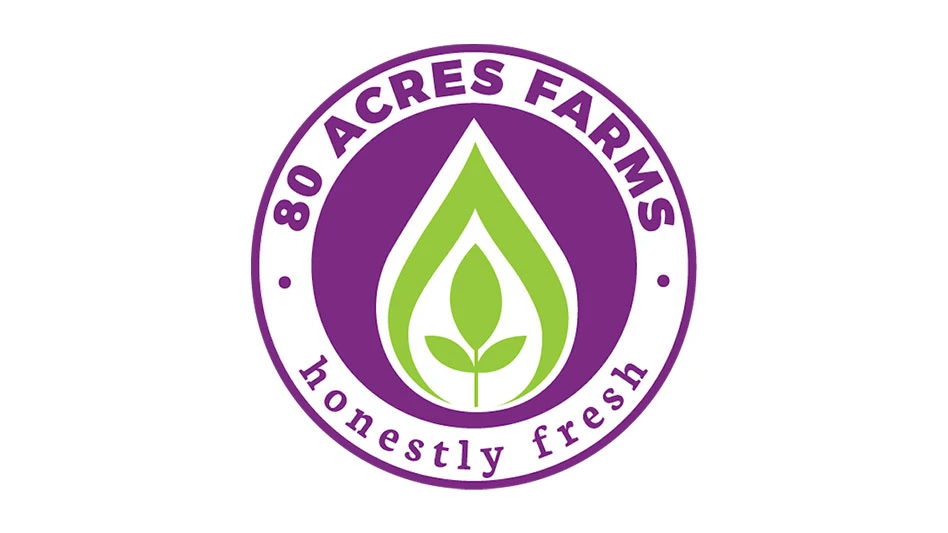
In recognition of the growing categories of products generally known as plant biostimulants, this draft document gives guidance on which products are (and are not) subject to regulation under FIFRA as plant regulator pesticides, and what kinds of claims can be made for them. The draft guidance provides examples of each. EPA is taking this step to provide clarity to our state regulatory partners, to industry, and to the interested public in this emerging product area.
Plant biostimulants are a relatively new, but growing, category of products containing naturally occurring substances and microbes that are used to stimulate plant growth, enhance resistance to plant pests, and reduce abiotic stress. Their increasing popularity arises from their ability to enhance agricultural productivity by stimulating natural processes in the plant and in soil, using substances and microbes already present in the environment.
Biostimulants can improve soil health, optimize nutrient use, and increase plant growth, vigor, yield and production. They can promote greater water and nutrient use efficiency but do not provide any nutritionally relevant fertilizer benefit to the plant. Plant biostimulant products can be used in sustainable agriculture production systems and integrated pest management (IPM) programs, which in turn can reduce the use of irrigation water, as well as agrochemical supplements and fertilizers.
Comments on this draft guidance must be submitted on regulations.gov in Docket # EPA-HQ-OPP-2018-0258 on or before May 28, 2019.
Get curated news on YOUR industry.
Enter your email to receive our newsletters.
Latest from Produce Grower
- University of Evansville launches 'We Grow Aces!' to tackle food insecurity with anu, eko Solutions
- Lawsuit challenges new H-2 visa rules
- Q&A: Sandra Eskin Leads Food Safety Advocacy Organization, STOP, as CEO
- Find out what's in FMI's Power of Produce 2025 report
- The Growth Industry Episode 3: Across the Pond with Neville Stein
- Martin A. Makary Sworn in as FDA Commissioner
- PG CEA HERB Part 2: Analyzing basil nutrient disorders
- LettUs Grow, KG Systems partner on Advanced Aeroponics technology





